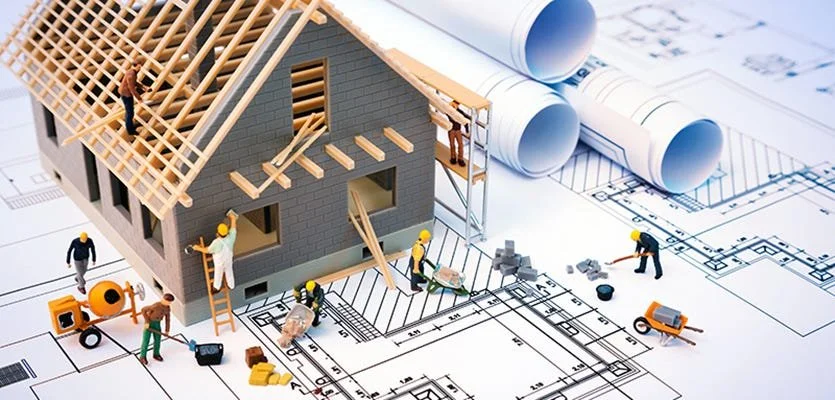Why pay more for an architect at the design stage?
We often have potential clients say they would rather pay more at the building stage than invest in architecture fees at the design stage.
In the past few months we have received a number of enquiries from individuals who have taken this path who find part way through their project the concept plans produced by a ‘designer’ does not meet their design brief and objectives and the documentation is lacking in detail required for engineering or construction, resulting in them being ‘out of pocket’, with plans that are effectively useless for them to move forward with their project.
We are asked to quote to ‘fix up’ plans which we are typically unable to do because original designs are copyrighted, and an architect has to consider the risk and liability for taking on someone else’s poor documentation.
It is important when selecting who to design your residential project, that they have the level of expertise required to produce detailed documentation to meet council requirements, coordinate plans with structural engineers, and to understand national codes and construction details.
So below are two examples of unfortunate scenarios we have encountered recently, and how engaging an established residential architect upfront, can save you time, money, and headaches throughout the design and build process.
Graphic sourced from google images
Scenario 1
We were approached by an owner builder with a basic set of drawings drafted by a designer who was unable to use them for construction. There was no detail to show how the structure was fixed to the ground, let alone showed beams and floor joists, raking points, electrical plans, window, and door schedule etc. The designer had left the industry, so the client was stuck in limbo as construction had commenced without certification.
Scenario 2
This client had engaged a builder who had a designer on the team to produce the design. The concept presented was not what they requested in their brief, consequently, the client cannot recoup this cost if they go to an alternative designer or architect to produce a new concept and detailed documentation; they also cannot take the drawings to another builder for quotations to compare and negotiate costs.
So, YES, the design fees are higher with a registered architect, but their expertise and services are likely to save you time, costs and headaches when it comes to seeking certification, council approvals and engaging builders for construction.
Engaging an architect upfront has the following advantages:
1. Project Coordination – residential architects liaise on the client’s behalf to coordinate with town planners, certifiers, engineers, and builders. This saves you time and money because they already have the contacts, industry knowledge and know how to coordinate at each stage of the project for required approvals.
2. With plans produced by an architect, this can be presented to several builders for quotes. Understanding how each builder is quoting on various aspects of the design and materials allows for better negotiations without being locked into one builder from the design stage.
3. Having detailed documentation for construction including nominating materials and finishes, provides builders with the detail required to accurately quote and supply for your job. This also leads to less variations during construction, or the chance of inferior materials being used costing you in replacement and maintenance costs down the track.
4. Architects understand design principles - with 5 years of studying architecture and further work experience and examinations to become registered, they have the expertise to design external and internal spaces to be functional, aesthetic and meet your personal needs.
5. When you engage a registered architect, you have protections via the architect authority for your state.
So, if you are planning your next residential project, contact us at BAASTUDIO; we can organise a chat or onsite consult with an architect who can advise you on the steps involved.

